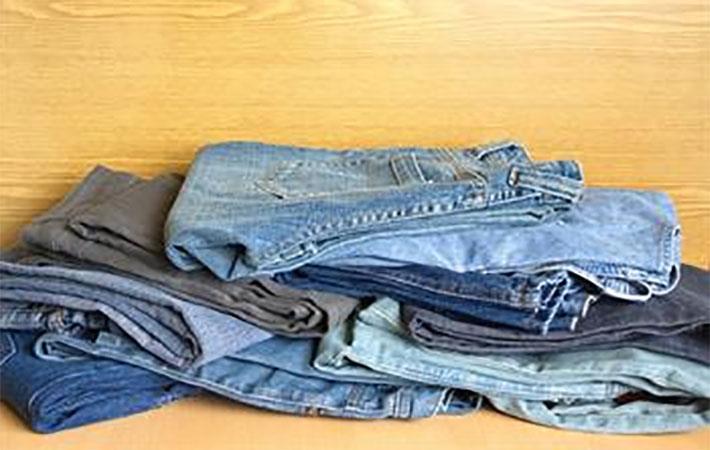Deakin University researchers develop 'circular denim'

The Global Change Award, an initiative of the H&M Foundation gave $1 million seed funding to five winning teams that promote sustainable fashion. Professor Xungai Wang, Dr Rangam Rajkhowa, Dr Nolene Byrne, Dr Christopher Hurren and Dr Rebecca Van Amber have developed the 'circular denim' concept that was awarded $150,000 to take their idea to industry. The team was one of five winners, out of a total of 2885 entries from 130 countries, to share in the prize.
"The team had already developed a successful prototype and the Global Change Award grant would be used to scale up the idea and work with denim producers and fashion brands to explore its potential for the fashion industry and the environment. Our 'circular denim' approach is a completely new one, addressing both denim waste and new denim manufacturing at the same time," said Wang.
Denim was the single largest apparel item on the fashion market and that traditional denim production had serious environmental impacts. "Denim recycling is a huge issue worldwide. Currently, old denim products are dumped in landfills, and dye run-off from denim production can pollute local water supplies," he said.
Prof Wang said the key to the project’s success in improving the environmental sustainability of denim production came from the team’s unique ability to create ultrafine coloured particles from used textiles.
"Our previous work shows that these particles can take up dye under room temperatures. This significantly reduces the energy used to heat water under the conventional dyeing process," he said. "This process also allows dye to be reused, minimising water use and effluent discharge."
"This process is unique in that it not only recycles the fibres, but also the dye," said Wang, adding that if necessary, the colour of the fine particles can be enhanced or changed easily before the coating or printing process, providing new fashion opportunities for consumers. (RR)
Fibre2Fashion News Desk – India
































-Ltd..jpg?tr=w-120,h-60,c-at_max,cm-pad_resize,bg-ffffff)





.jpg?tr=w-120,h-60,c-at_max,cm-pad_resize,bg-ffffff)
.jpg?tr=w-120,h-60,c-at_max,cm-pad_resize,bg-ffffff)






